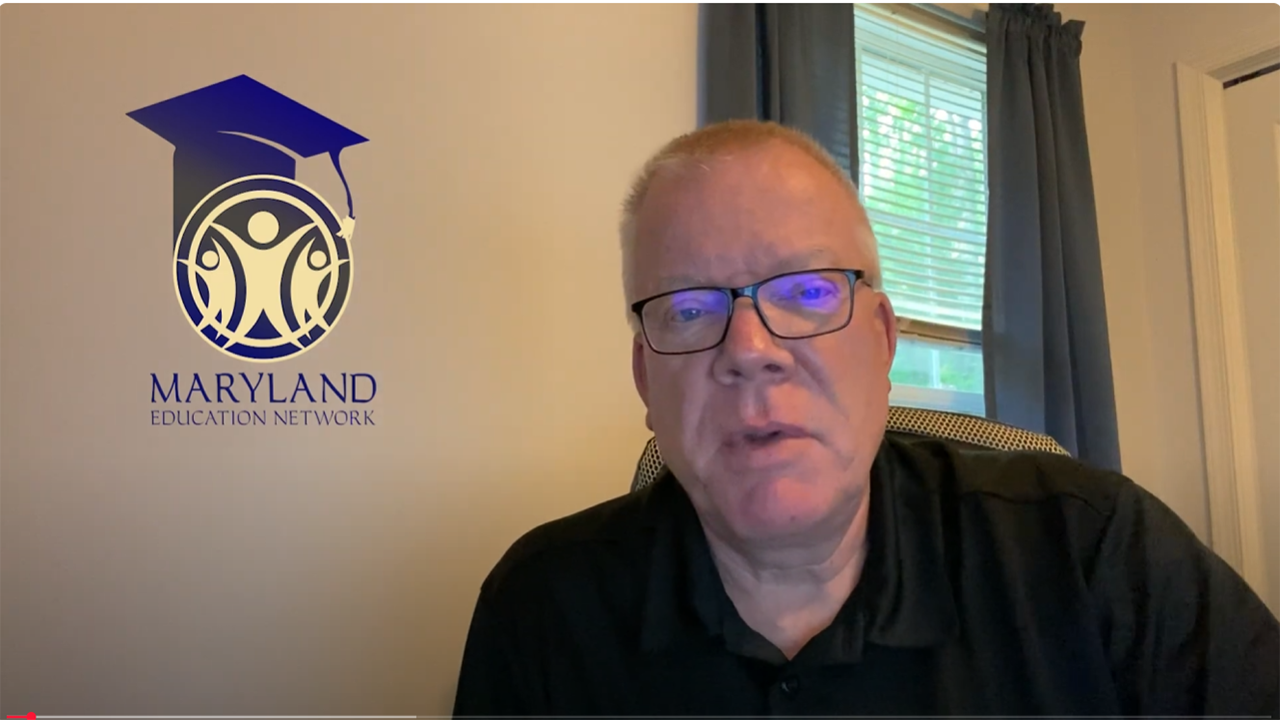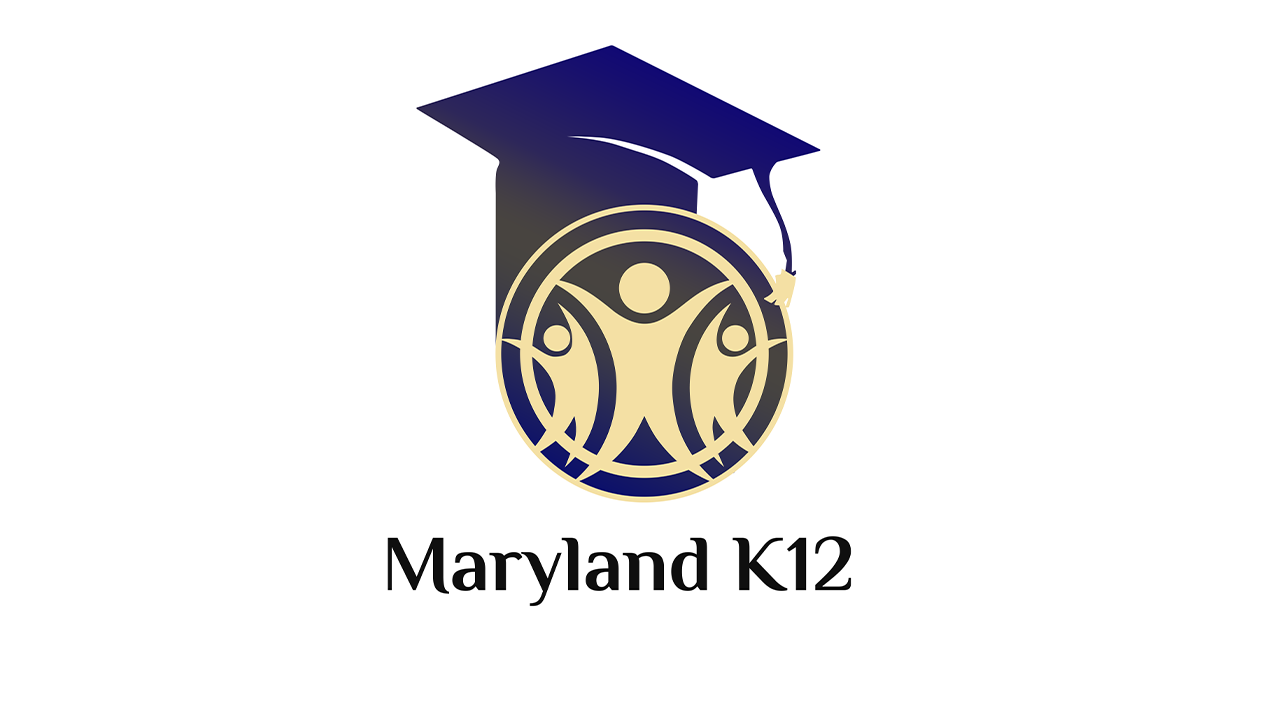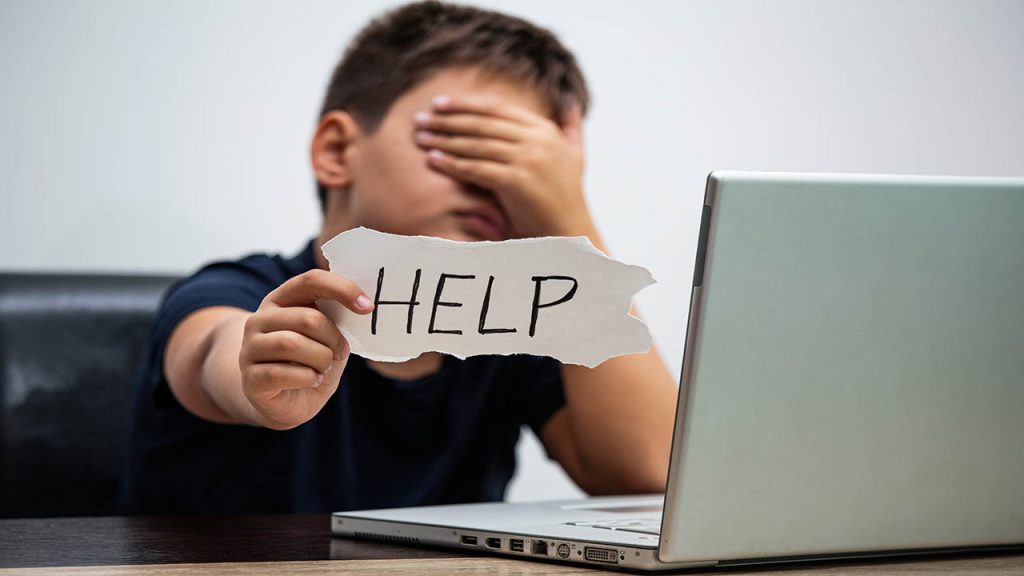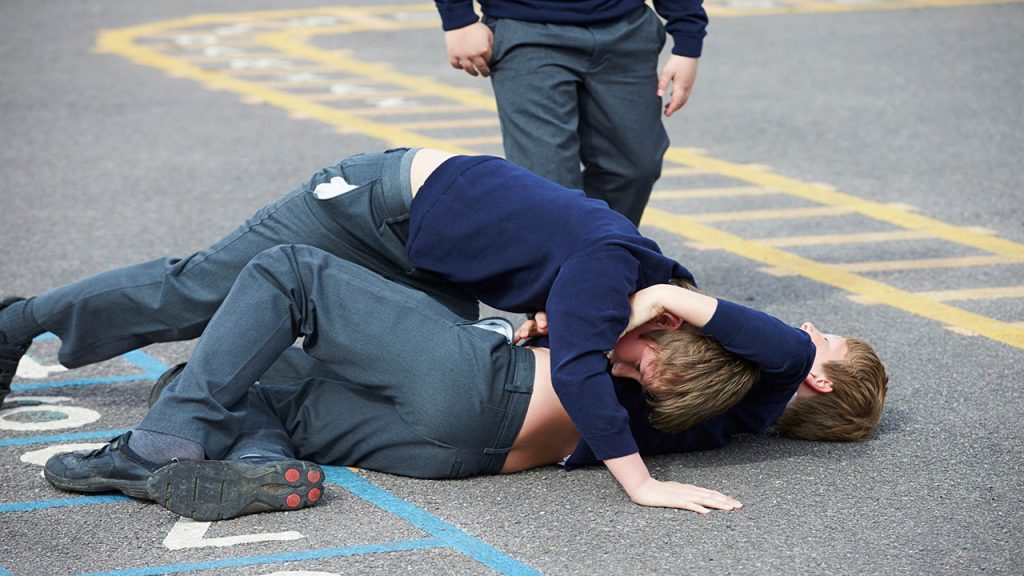
Private School Choice Programs Are Having a Moment. But It’s Not All Smooth Sailing
From one angle, the past few months represented a watershed moment for the push to let parents spend public funds on private or homeschool options for their children.
More than 15,000 families applied for Iowa’s universally accessible education savings account, or ESA, program just days after it launched. Wisconsin approved a state budget bill that sends thousands more dollars per student to private schools. Florida’s Republican Gov. Ron DeSantis touted his state’s recently passed universal school voucher program while embarking on a presidential campaign.
But the outlook isn’t entirely rosy for supporters of these efforts. Existing or proposed voucher programs in several states, including Texas and Georgia, failed to gain enough political support to pass. Some state officials are raising alarms about ballooning costs and chaotic implementation. And public school advocates in Arkansas and Nebraska are racing to collect signatures for referenda that would ask 2024 voters to reject newly passed private school choice programs.
Critics of the voucher and ESA programs argue that they allow public money to be spent on unregulated schools with unproven academic records and the ability to reject student applicants based on race, religion, sexual orientation, and disability.
Data from several states, most recently Indiana, have shown that the majority of students who enroll in these programs were not attending public schools to begin with, rather than rejecting their traditional public schools for an institution that’s a better fit. Some private schools in Iowa and Florida have recently increased tuition, arguing that parents will still pay less out of pocket with the new help from the state.
Despite those criticisms, school choice advocates are fighting more aggressively than in previous years to implement their vision of education as a suite of resources from which parents can choose what works best for their children, said Christopher Lubienski, an associate professor of education policy at Indiana University.
“This year they’ve really pushed down on the throttle. They’re trying to make it a much more comprehensive policy than it previously had been,” Lubienski said. “There’s also been a number of pretty substantial speed bumps along the way.”
Widespread interest in private school choice programs
States rolling out new and expanded private school choice programs are encountering challenges as eligibility expands to virtually all students.
Arizona’s ESA program grew from 12,000 students to nearly 60,000 and counting after lawmakers approved universal eligibility last year. But Gov. Katie Hobbs, a Democrat who has opposed ESAs, said recently that the program’s costs are growing much faster than state analysts’ projections, setting up a budget crisis to come.
Hobbs also threatened to repeal the program or restrict its growth, but later backtracked. She did, however, assert in May that the state’s previous governor, Republican Doug Ducey, had illegally used $50 million of federal COVID relief funds for parents to spend on all-day kindergarten at private schools, even though the state funds only half-day kindergarten for public school students.
Arizona Attorney General Kris Mayes, also a Democrat, has vowed to investigate fraud and abuse of ESA funds. While many parents have spent their ESA funds on private school tuition or homeschool curriculum materials, others have invested in purchases with more questionable links to education, including an inflatable bounce castle, a home freezer, a tonal home exercise gym, a kayak, a San Diego whale watching trip, an in-home tower garden, and a hair dryer for dogs, a Democratic state lawmaker shared during a hearing last year.
Iowa, meanwhile, has faced a similar trajectory. Applications for the newly passed ESA program opened to all students on May 31. By June 9, more than 15,000 students had applicants, exceeding the state’s prediction for the number of applicants in the program’s first year, and applications don’t close until June 30.
The impact on enrollment-based funding for the state’s public schools isn’t yet clear, because the state has declined to release details on the percentage of applicants who were previously attending a public school. But the cost to the state is likely to exceed the projected $107 million for the first year.
Iowa State Auditor Rob Sand, a Democrat, said during a public meeting last month that he thinks the lack of transparency for the ESA program is “pretty appalling,” KCCI reported.
“If there’s no requirement that [private schools receiving ESA money] actually put that money into educating kids, what are we doing here?” Sand said, according to the TV station. “It would be entirely legal if they took that money and put it into a European vacation for their principal.”
A spokesperson for Gov. Kim Reynolds told The Gazette that no decision has been made on how the state will pay for the additional costs of the ESA program that weren’t already in the budget.
Steep upfront costs for universal programs shouldn’t come as a surprise, said Christian Barnard, senior policy analyst for the Reason Institute, a libertarian think tank. Any parents whose children attend private school would be likely to sign up quickly for no-strings-attached state subsidies for tuition costs.
“If you say a program is certain to save the state money and it ends up costing the state a lot, that’s not good PR, and that’s something that choice advocates have to be careful about,” said Barnard, a school choice supporter.
Voucher advocates are ‘not monolithic’
Tensions in Iowa and Arizona have largely fallen along partisan lines. But that’s not the case in Texas and Georgia.
Some rural Republicans in Texas held firm with longstanding opposition to private school vouchers. Voucher proponents responded by scaling back their proposal for universal voucher eligibility, and dangling “hold-harmless” funds for districts that lose students to vouchers in the first couple of years of implementation. Districts with fewer than 20,000 students would have received $10,000 per student who left for the voucher program—larger than the roughly $6,000 per student base amount the state offers districts.
But the state’s biennial legislative session ended May 29 without the two legislative chambers agreeing on a school choice bill of any kind. Republican Gov. Greg Abbott made school choice a centerpiece of this year’s state budget push, and he’s vowed to keep calling lawmakers into special sessions until they reach a deal on establishing a new voucher program.
To Lubienski, these setbacks suggest the school choice movement is advancing within significant constraints.
“This isn’t really a movement that’s a result of mass popular support,” he said. “It reflects more of a political and legislative agenda. That movement is not as monolithic as it seems.”
That was particularly evident in Georgia this spring. A handful of Republicans joined Democrats in killing an effort to direct public funds to private school tuition, even as one Democrat voiced vigorous support for the proposal.
Rep. Mesha Mainor defied her fellow Democrats and lobbied for school choice to pass this year. She said she attributes her professional success to her mother’s decision to use an incorrect address to get her into a different school as a child than the one to which she’d been assigned.
Several of her Democratic colleagues are also in favor of expanding school choice but are afraid to admit it publicly, she told Axios.
The legislative failures in Texas and Georgia could represent a “temporary setback” or a fundamental limitation, Barnard said. While testifying about Texas’ proposal before the state legislature, he observed mixed sentiments among legislative aides about prospects for a bill to pass.
“If it was really a toss-up like that, things could work out differently,” Barnard said.
Expanded voucher proposals also recently fell short in Idaho and North Dakota. In the latter, lawmakers approved a voucher program, but Republican Gov. Doug Burgum—now a presidential candidate—vetoed it, saying it wouldn’t do enough to provide rural students with choice, and that it lacked strong accountability measures.
Meanwhile, Illinois and Maryland rolled back existing programs that devote public funds to private schools. Illinois lawmakers opted not to renew an existing program that issued state income tax credits to people who donate to organizations that offer private school scholarships to low-income students. And Maryland Gov. Wes Moore pushed to cut 10 percent from a $10 million state-funded program that provides scholarships for students to attend private schools.
Implementation of some school choice programs has been messy
School choice laws that have passed this year have also brought a heavy dose of administrative chaos in recent months.
Education observers in Montana are embroiled in turmoil after the governor signed two school choice measures into law last month. One approves the establishment of charter schools under the umbrella of public school districts, while the other paves the way for “community choice schools” overseen by an independent board of local community members.
Critics of school choice have challenged whether the latter bill violates the state constitution, and filed a lawsuit to that effect on June 14. A wide range of observers have questioned whether the two laws will come into conflict.
Arkansas’ LEARNS Act, a wide-ranging piece of legislation that established a universal ESA program got tangled up in litigation for months after lawmakers failed to follow proper procedure for passing a law designed to be implemented immediately.
The state supreme court on June 15 reversed a lower court’s ruling, allowing the legislation to take effect. But opponents are gathering signatures to place a referendum on the ballot next year that would overturn the law. And activists in Nebraska are mounting a similar effort to repeal that state’s next tax credit scholarship program.
The ability of voucher and ESA programs to overcome these challenges and successfully provide parents with expanded choice comes down to strong implementation and rigorous oversight, Barnard said.
“You don’t want to make the barrier to entry too high, but you don’t want to create an environment where accusations of fraud could come way too easily,” he said.
Lubienski doesn’t foresee the school choice movement backing down.
He foresees, if anything, a “purifying effort” among school choice advocates to further eliminate regulations and requirements for transparency.
“I think you’re going to see some questions about, to what extent are we going to want to fund two different school systems?” Lubienski said. “That could be used as a cudgel against public education. ‘Why continue to have this system when families have the ability to choose outside of that?’”
Dig Deeper With Our Longreads
Newsletter Sign up to get our best longform features, investigations, and thought-provoking essays, in your inbox every Sunday.
The MEN was founded by John Huber in the fall of 2020. It was founded to provide a platform for expert opinion and commentary on current issues that directly or indirectly affect education. All opinions are valued and accepted providing they are expressed in a professional manner. The Maryland Education Network consists of Blogs, Videos, and other interaction among the K-12 community.









